
Advantages of Injection Molding Injection molding offers a plethora of advantages that make it a preferred manufacturing process across various industries. One of the most significant benefits is the capability to produce complex and intricate desi
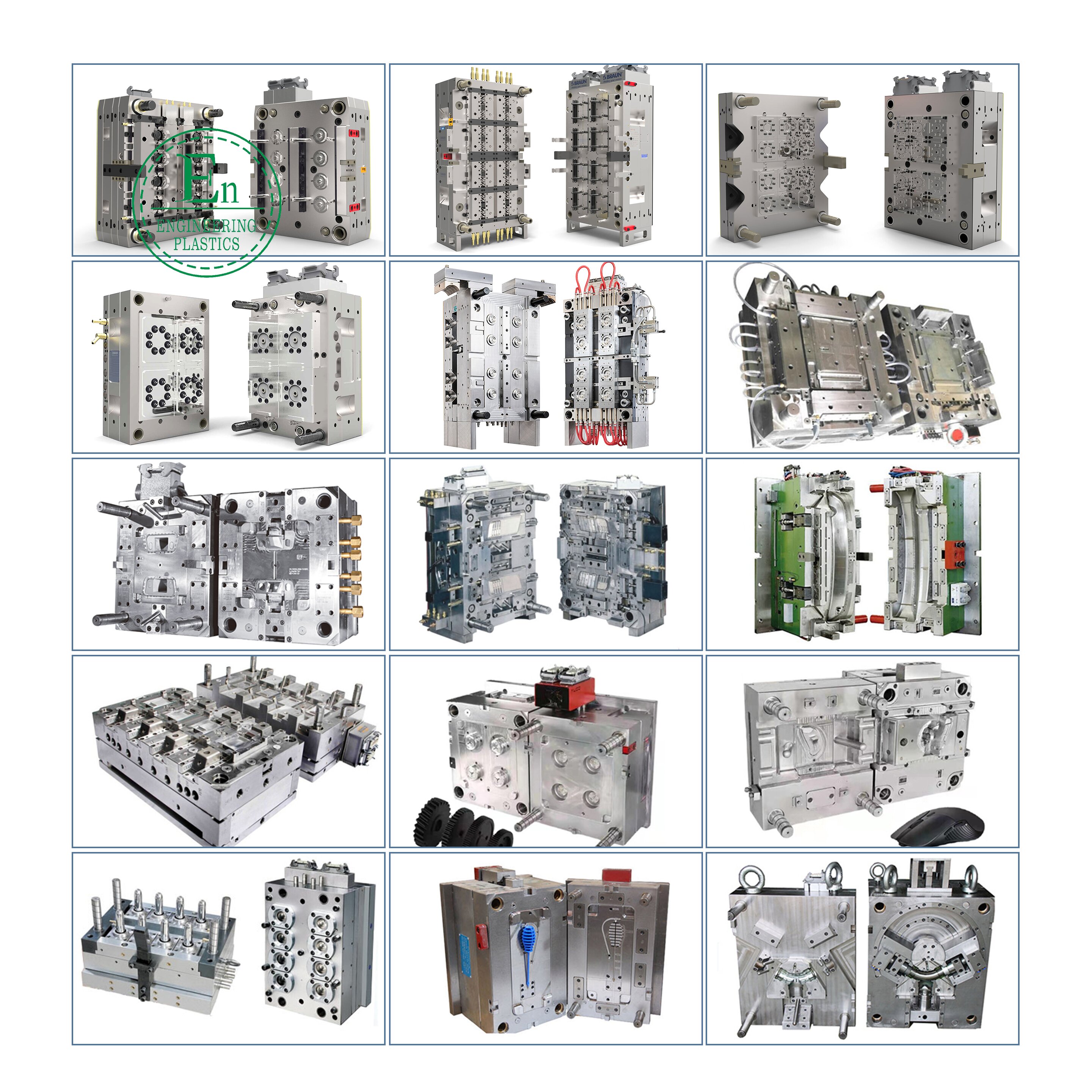

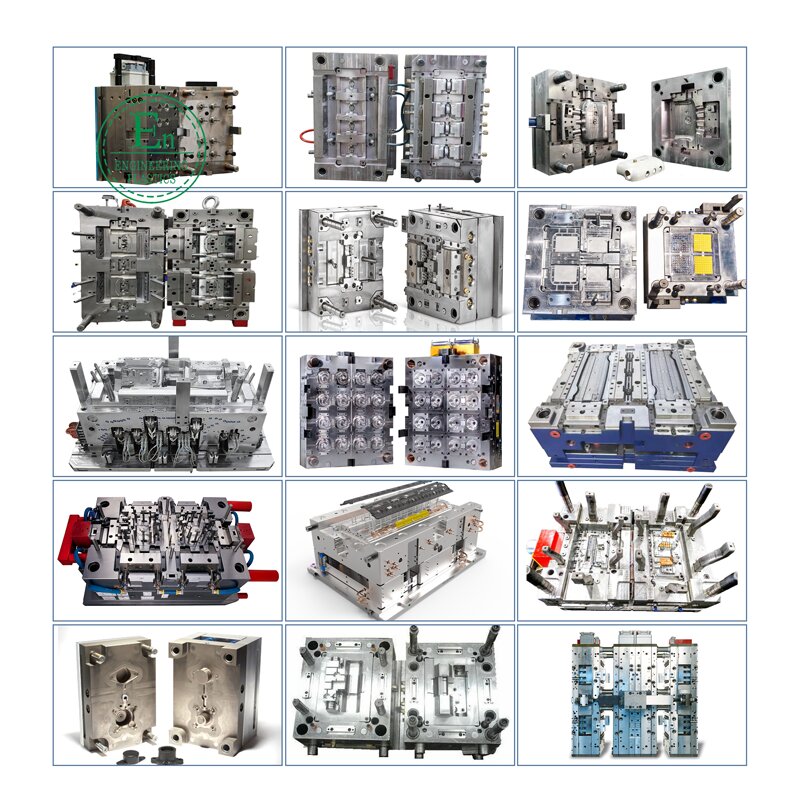
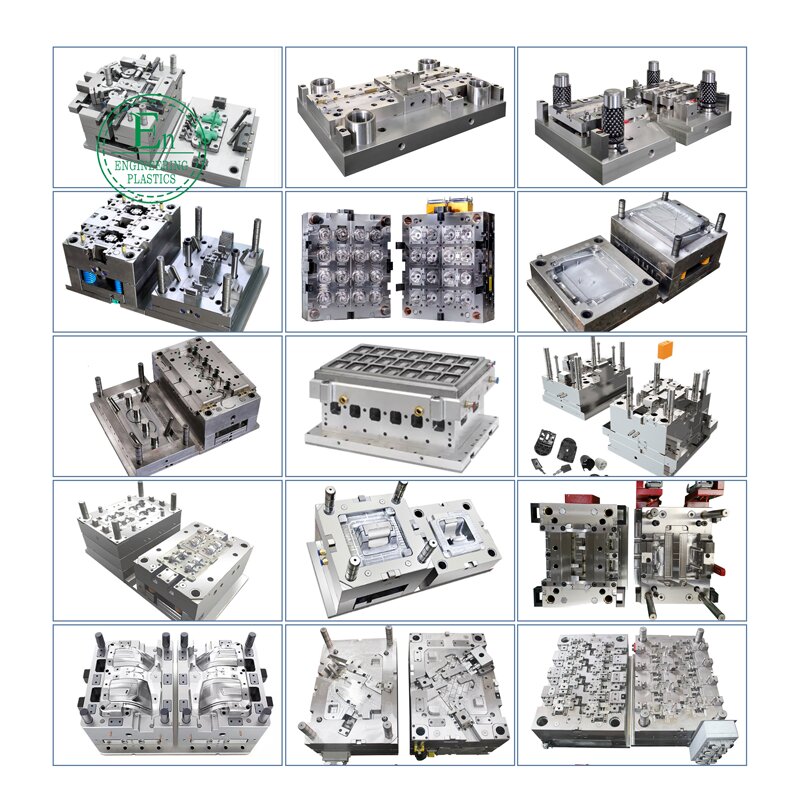
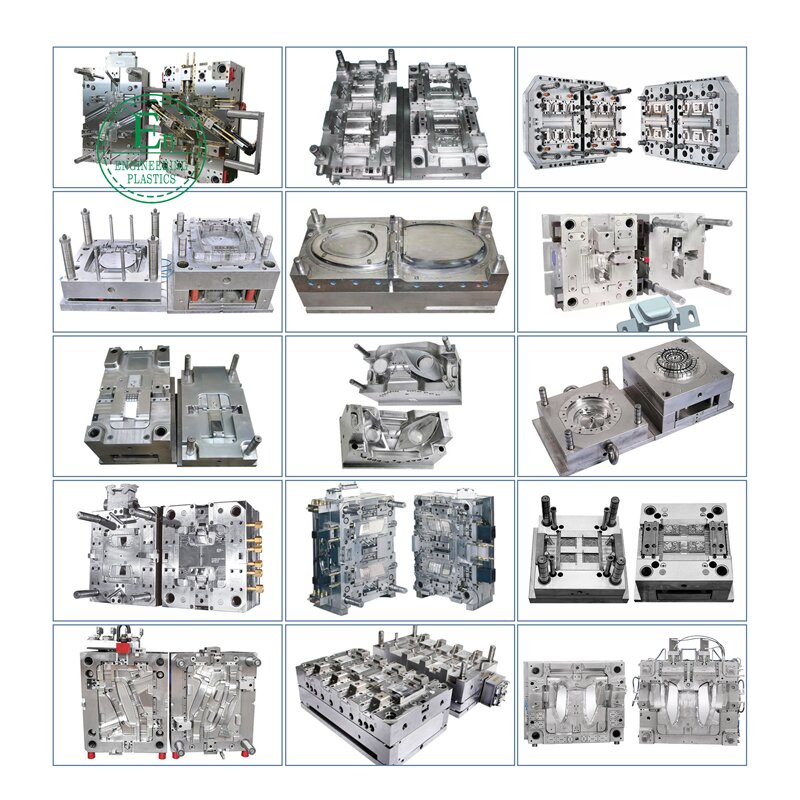
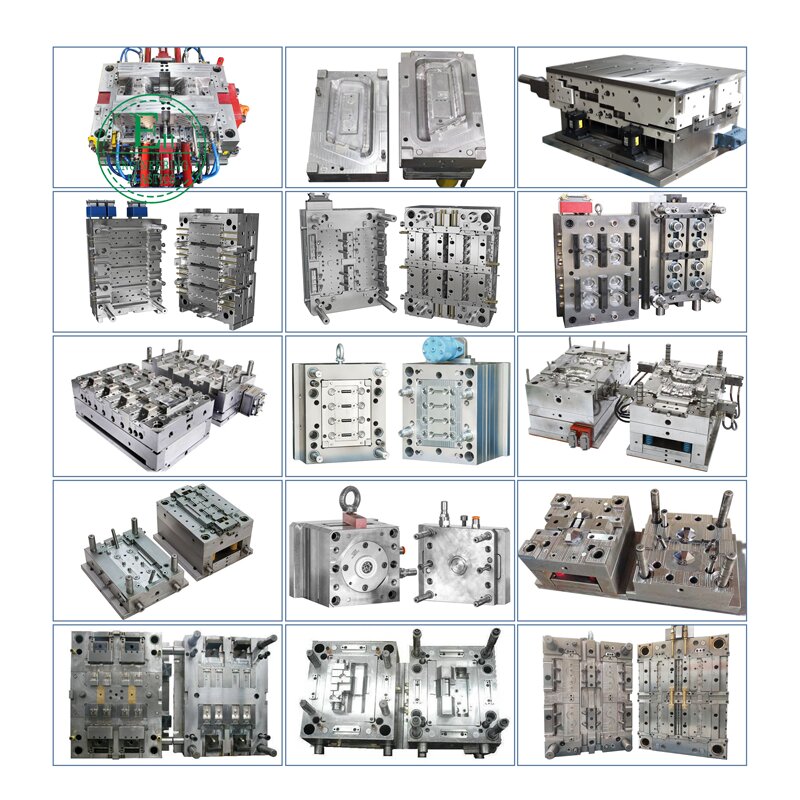
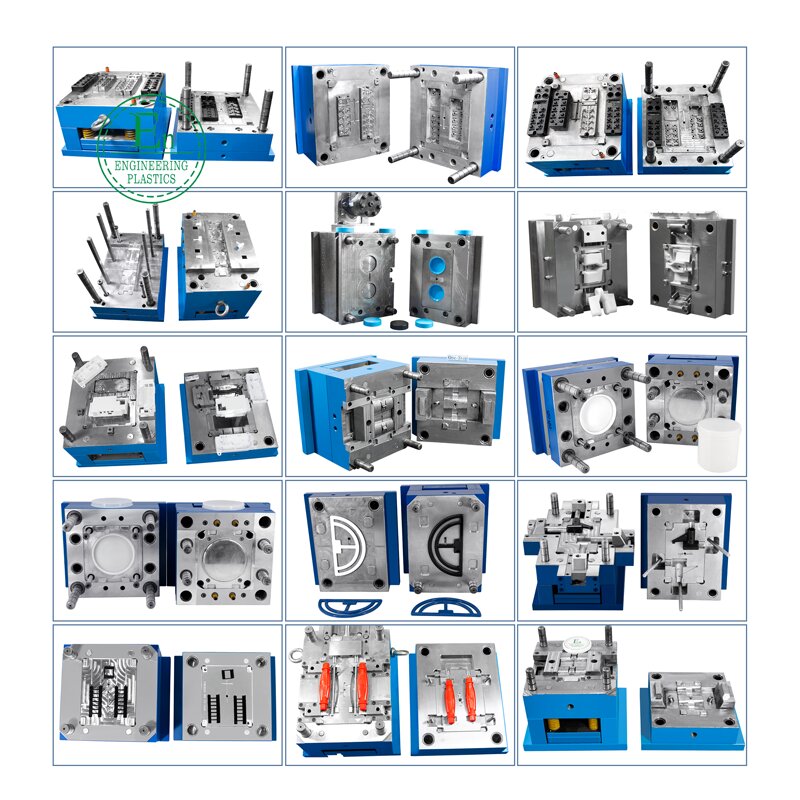
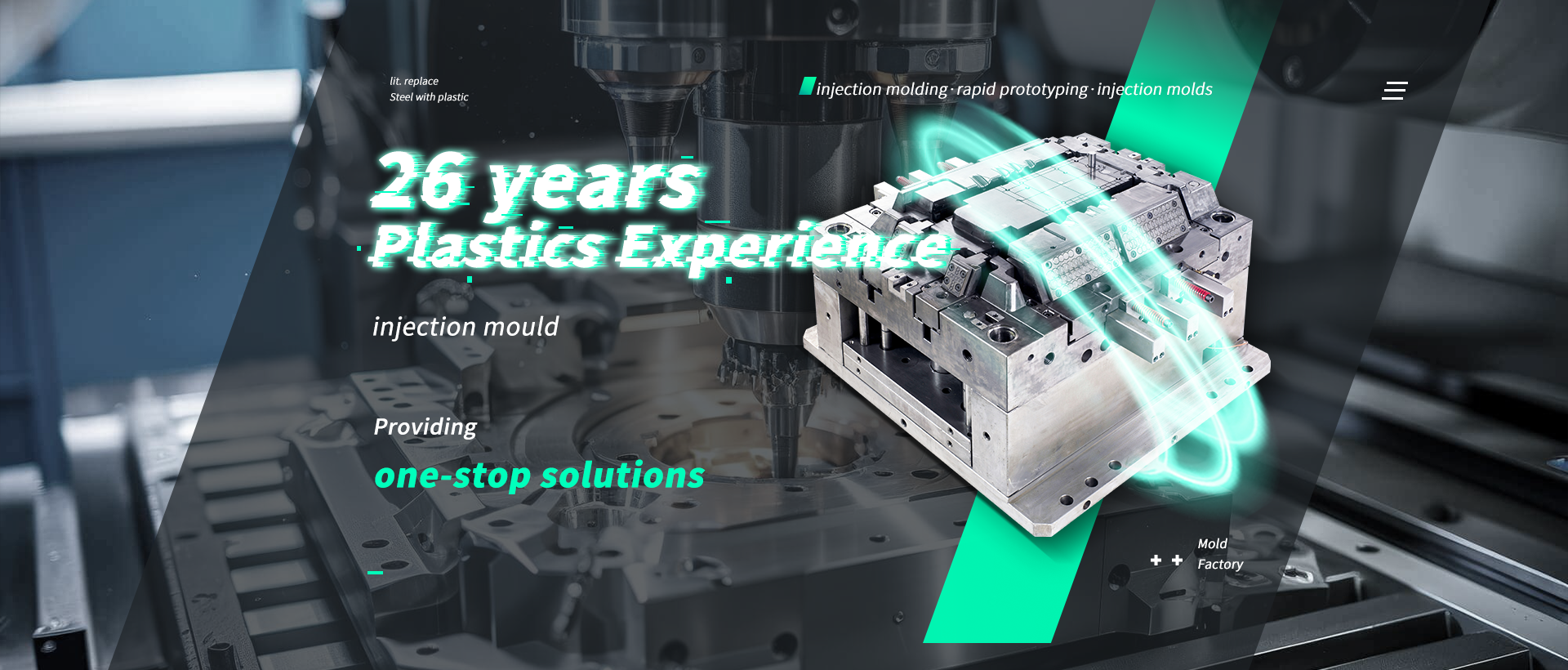
Advantages of Injection Molding
Injection molding offers a plethora of advantages that make it a preferred manufacturing process across various industries. One of the most significant benefits is the capability to produce complex and intricate designs with high precision. This technology allows manufacturers to create parts with tight tolerances, ensuring that the final products meet stringent quality standards. The ability to mold complex geometries means that businesses can innovate and develop new products that may have been impossible to produce using traditional methods.
Another key advantage is the efficiency and speed of the injection molding process. Once the initial setup is complete, the actual cycle time for producing each part can be remarkably short, often ranging from a few seconds to a couple of minutes. This rapid production capability is ideal for high-volume manufacturing, as it enables businesses to meet large orders quickly and effectively. Moreover, the automation of the injection molding process reduces the need for manual labor, further increasing efficiency and minimizing the risk of human error.
Cost-effectiveness is an additional benefit that cannot be overlooked. Although the initial investment in injection molding machinery and molds can be substantial, the long-term savings are significant. The high production rates and reduced material waste lead to lower per-unit costs, making it an economically viable option for large-scale production. Additionally, the durability of injection-molded parts often results in reduced replacement costs over time, providing further financial advantages to manufacturers.
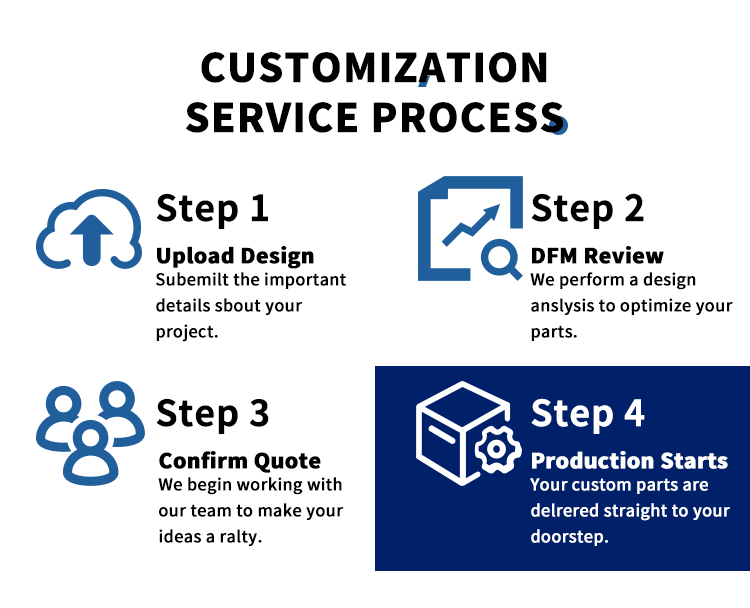
Injection Molding Process Explained
The injection molding process is a fascinating blend of engineering and artistry, transforming raw materials into finished products. The process begins with the selection of the appropriate thermoplastic or thermosetting polymer. These materials are then fed into a heated barrel known as the injection unit, where they are melted to form a viscous liquid. Once the material reaches the desired temperature, it is injected into a mold cavity under high pressure.
After the molten material fills the mold, it is allowed to cool and solidify. The cooling time varies depending on the material used and the thickness of the part being produced. Once cooled, the mold is opened, and the finished part is ejected. This cycle can be repeated numerous times, producing identical parts with remarkable consistency. The precision and repeatability of the injection molding process are some of its most appealing characteristics, making it ideal for producing large quantities of identical components.
An important aspect of the injection molding process is the ability to incorporate various features into the design of the mold. For instance, manufacturers can add inserts, textures, and complex geometries that enhance the functionality and aesthetics of the final product. This flexibility allows for creative design options that can differentiate products in a competitive market. With advancements in computer-aided design (CAD) and simulation technologies, the design and production of injection molds have become more efficient and effective than ever before.